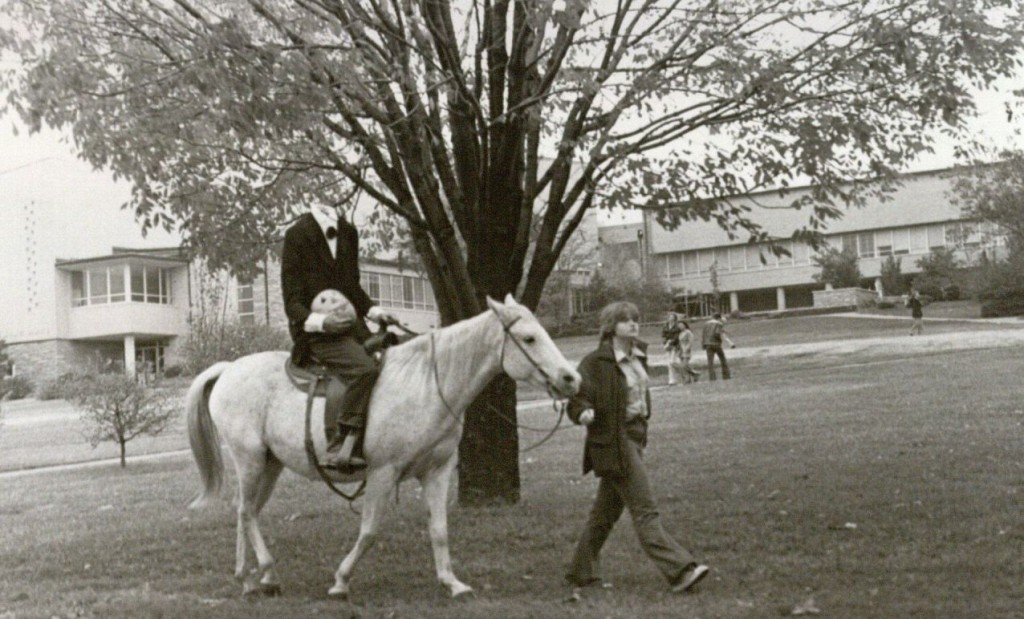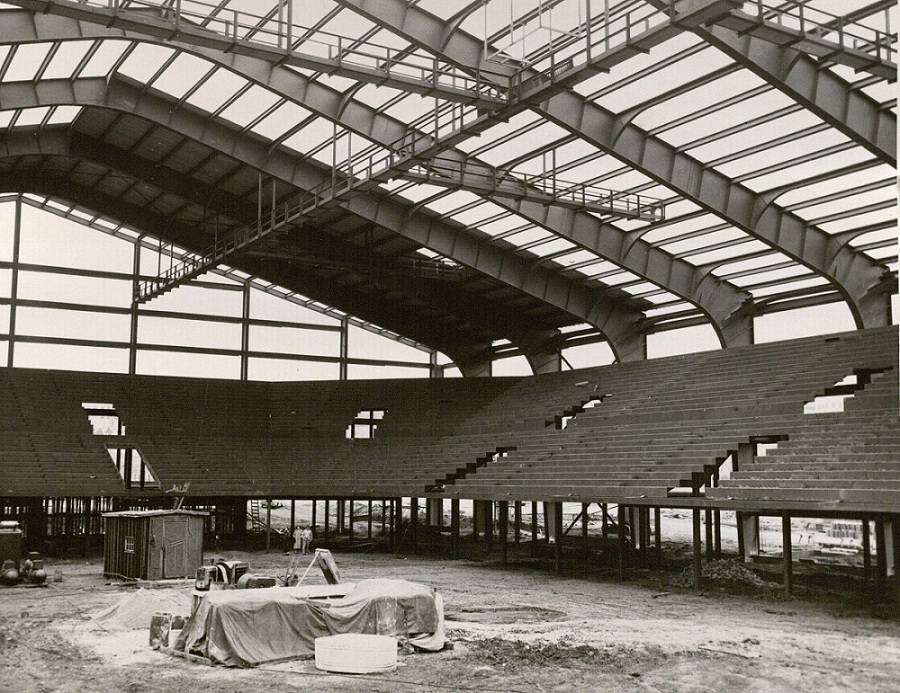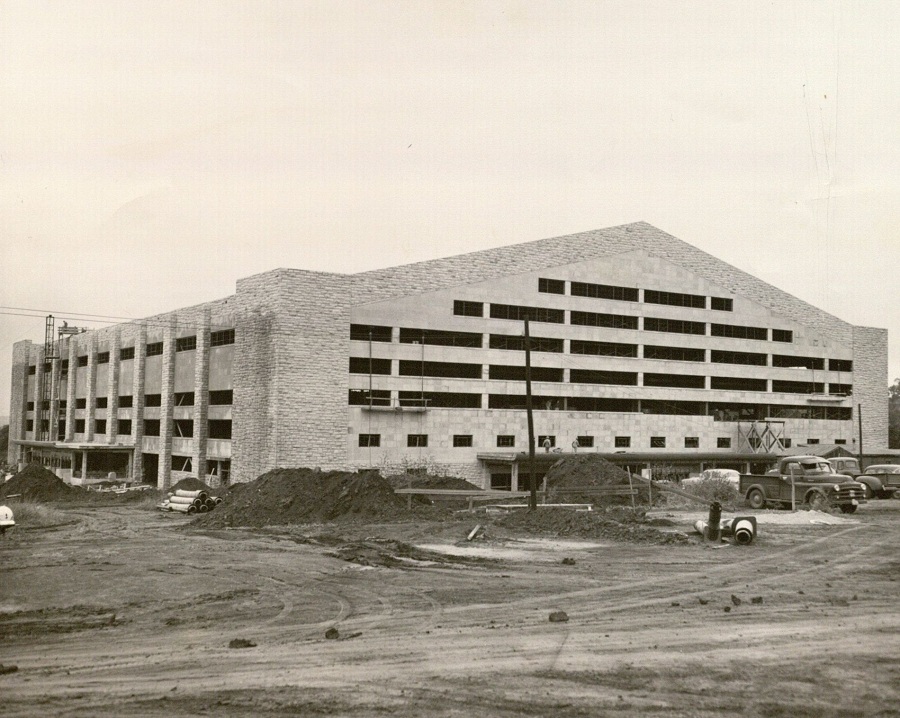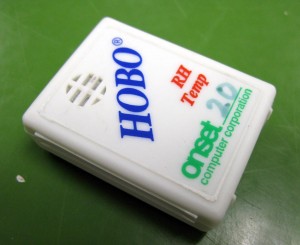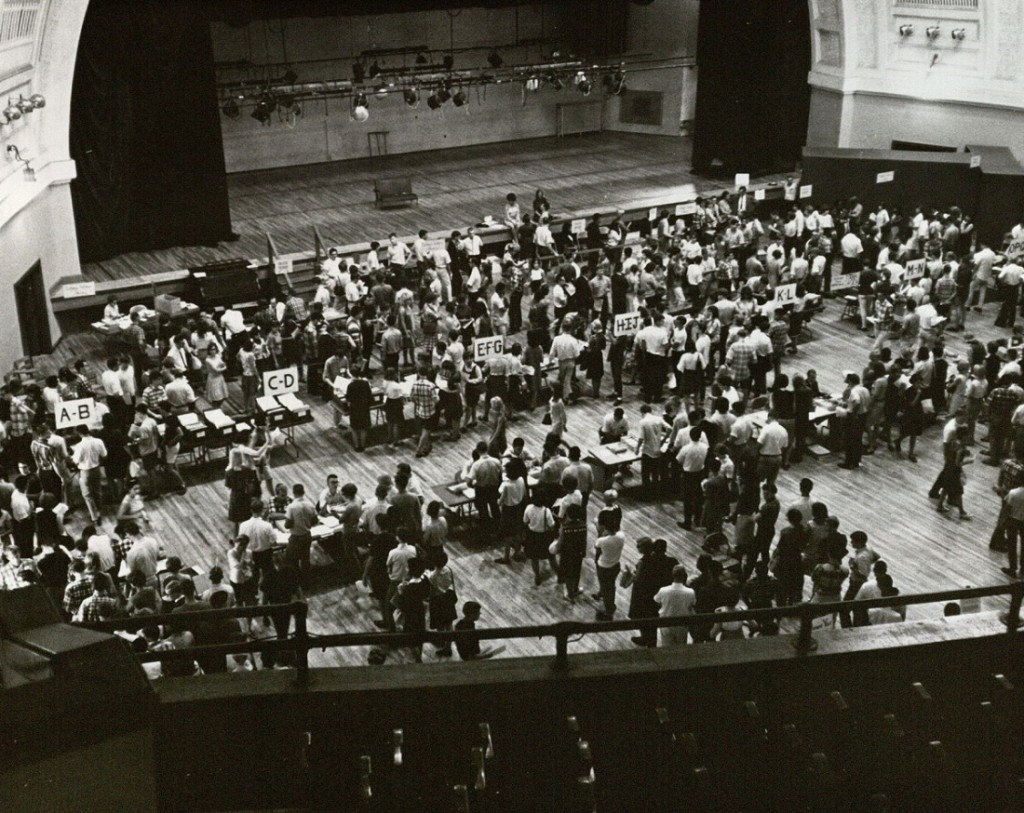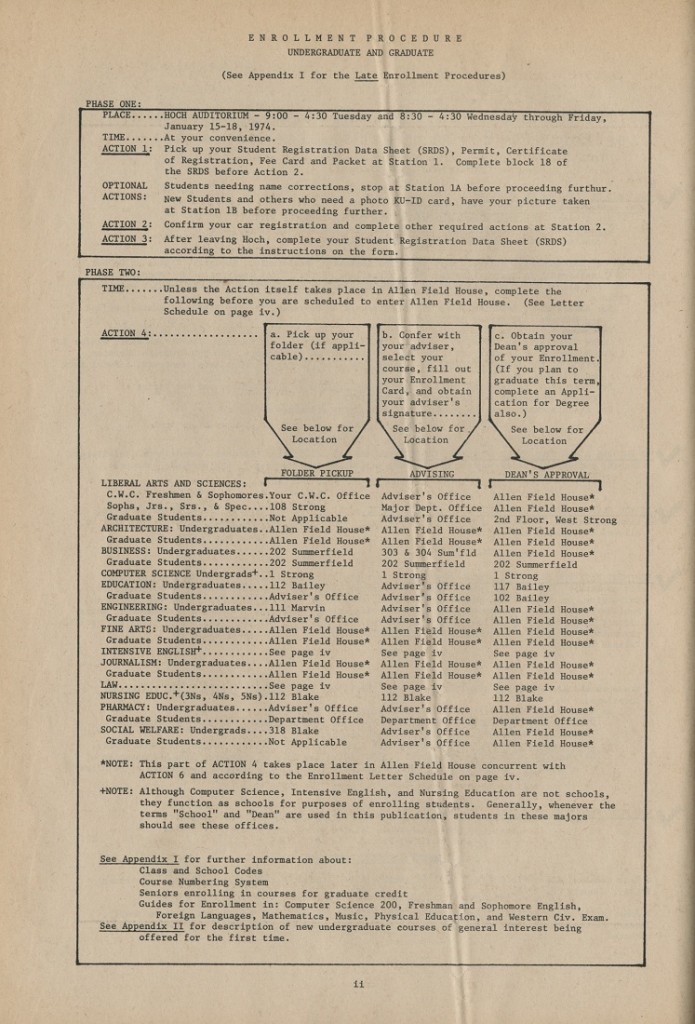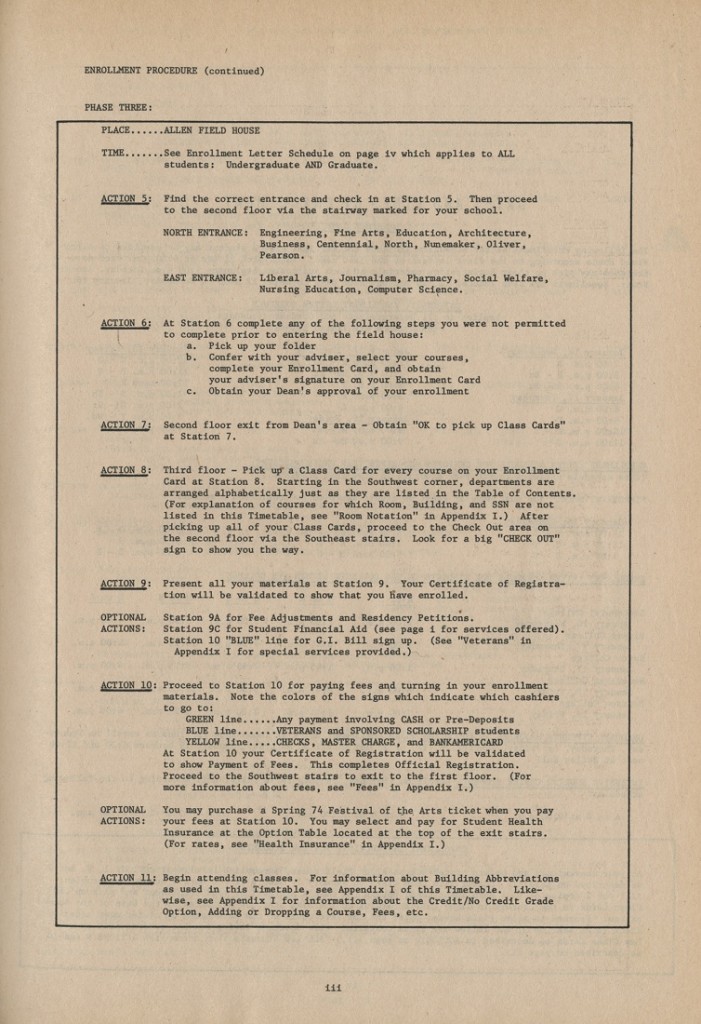It takes at least a little bit of ego to write and publish a book. Publication is, after all, a means of saying, “Attention, world; I have something to share!” But it is not unusual, especially with the passage of time, to see a writer exhibit (or at least feign) a little shame at the product of his or her own mind. For today’s post, we share three self-deprecating presentation inscriptions by three different writers: William Butler Yeats, Max Douglas, and William Rose Benét. Recorded on the pages of copies of their works held at the Spencer Research Library, these inscriptions, with their varying degrees of chagrin, offer a change of pace from the more pedestrian, “with compliments of the author.”
1. Ignorant Boy: William Butler Yeats
The poet William Butler Yeats, later in life, famously revised the poems of his youth, so it’s probably safe to take him at his word when, in inscribing this copy of The Works of William Blake (1893), he expresses a wish to “correct every page.” Spencer’s copy comes from the library of P. S. O’Hegarty, an Irish nationalist and civil servant, whose daughter, Gráinne, was married to Yeats’s son, Michael. As O’Hegarty’s penciled-in note indicates, the “Dear P. I. A. L.” to whom Yeats inscribes the volume is none other than Maud Gonne, the actress and activist for Irish independence who captivated Yeats for decades. (Click on the image below for a full page view of the inscription, including O’Hegarty’s note). Yeats was in his late twenties when he co-edited with the poet and illustrator Edwin John Ellis this three volume collection of Blake’s works. His inscription to Gonne, however, seems to have been added much later. Following some initial remarks about the scarcity of the edition and the circumstances under which it was published, Yeats warns Gonne,
Keep the book out of my sight. Ellis was a wild man & I a most ignorant boy & I long to correct every page. We did however persuade people that Blake knew what he was talking about if we did not. Something we did know however, though, I shall die without discovering why “The number of Outhoon is 2002”.
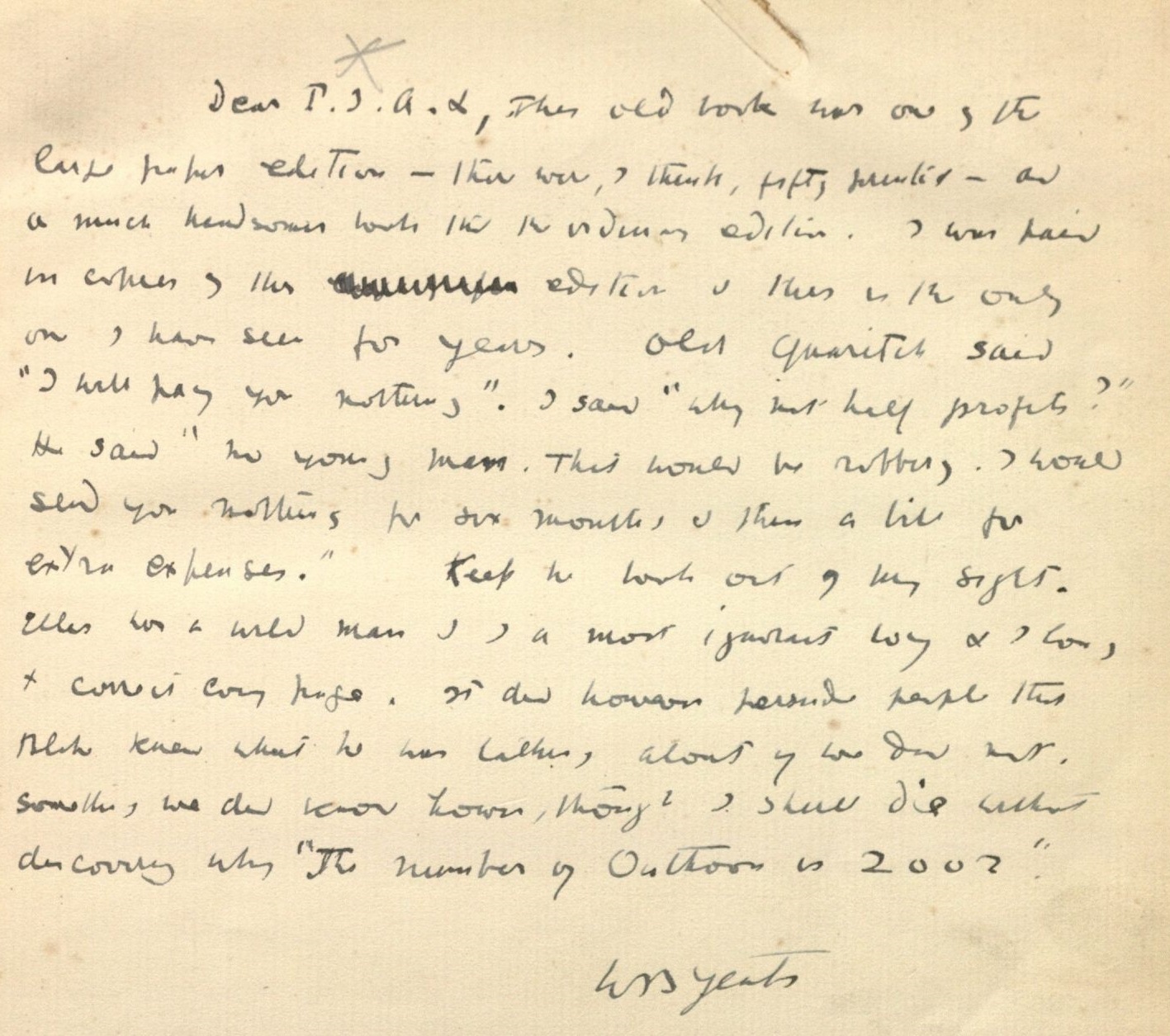

Blame it on youth: W. B. Yeats’s inscription to Maud Gonne (P. I. A. L.) in the first volume of Edwin John Ellis and William Butler Yeats’s edition of The Works of William Blake; Poetic, Symbolic, and Critical. 3. Vols [Large paper edition]. London: B. Quaritch, 1893. Call #: Yeats Y149. Click images to enlarge.
One wonders if Yeats knew that the errors he wished to correct had spilled over into his inscription: he tells Gonne that 50 copies of the larger paper edition were produced, but in actuality it was 150. At least this error works in his favor: the rarer the book, the truer the love?
2. The Standards of Youth: Max Douglas
During his short life, the promising young, Kansas poet Max Douglas published only one chapbook, Bottom Land: Poems (1968). However, John Martin, editor and publisher of the Black Sparrow Press, had been contemplating publishing a collection by Douglas when the poet died unexpectedly at the age of twenty-one. This presentation copy addressed to Martin, resides alongside the books of Max Douglas’s library, which were donated to the Spencer Research Library by the poet’s father in 1982. In his typed presentation note, Douglas writes,
For John Martin: in response to his interest & kind encouragement, & wth the understanding that this is a book i hv now chosen all but to disown.

Max Douglas’s typed inscription and signature in his chapbook, Bottom Land: Poems. [Saint Joseph, Mo.: St. Joe Press, c1968]. Call #: Douglas C14. Click image to enlarge.
One hopes that Douglas’s dismissal of his Bottom Land was simply the impatience of a poet whose attention was trained on the future. Though a Black Sparrow Press edition of Douglas’s work never materialized, his later poems did see publication in book form. Edited by Christopher Wienert and Andrea Wyatt, Douglas’s Collected Poems appeared posthumously in 1978.
3. Dueling Self-Deprecations: William Rose Benét and George Hartmann
There are, of course, many reasons why one might belittle his or her own book. As the case of the critic and poet William Rose Benét (1886-1950) shows, a self-deprecating note might serve to elevate the work of another. In inscribing a copy of his collection of essays Wild Goslings (1927) for the designer of the volume’s dust jacket, Benét writes:
To George Hartmann who has contributed the only really interesting and entertaining integer to this book, and I really can’t tell you how profoundly I mean that. To George Hartmann, hell, he’s a real artist! William Rose Benét, January 1927.
Hartmann, clearly not one to take a compliment lying down, responds with a self-effacing quip of his own. Writing on the back of the dust jacket that is tipped-in to Spencer’s copy, he offers a brief explanatory rejoinder: “Bill [i.e. William Rose Benét] means this jacket – it’s a lie! GH.”
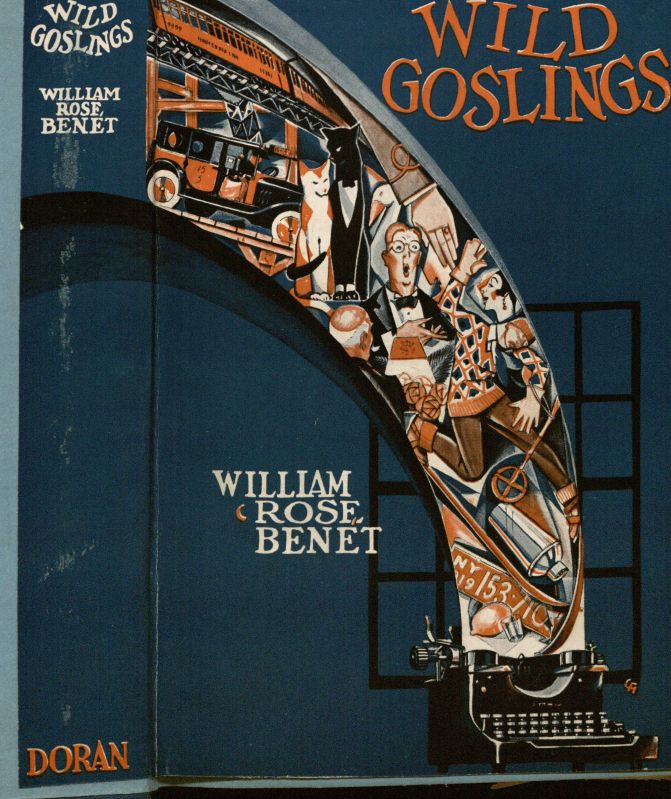
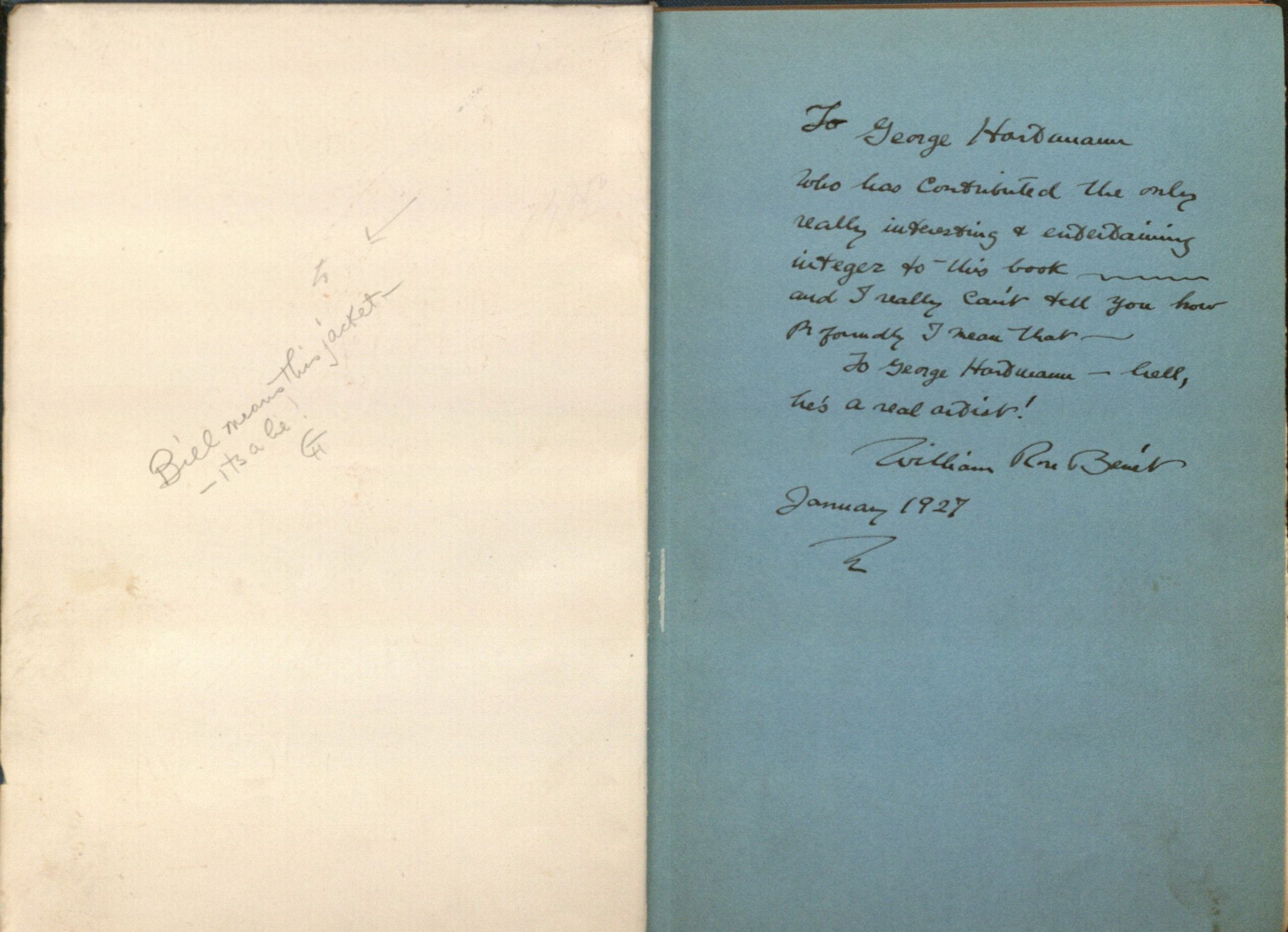
Tipped in dust jacket (left) and Benét and Hartmann’s inscriptions (right) in Spencer’s copy of William Rose Benét’s Wild Goslings: A Selection of Fugitive Pieces. New York: George H. Doran, [1927]. Call Number: B11618. Click images to enlarge.
Fear not, though, some writers manage to remain untouched by even the pretense of modesty, as critic and editor H. L. Mencken demonstrates. His inscription in one of Spencer’s copies of his In Defense of Women pithily proclaims: “Dear George: Read this and you will learn. HLM.”
Elspeth Healey
Special Collections Librarian

